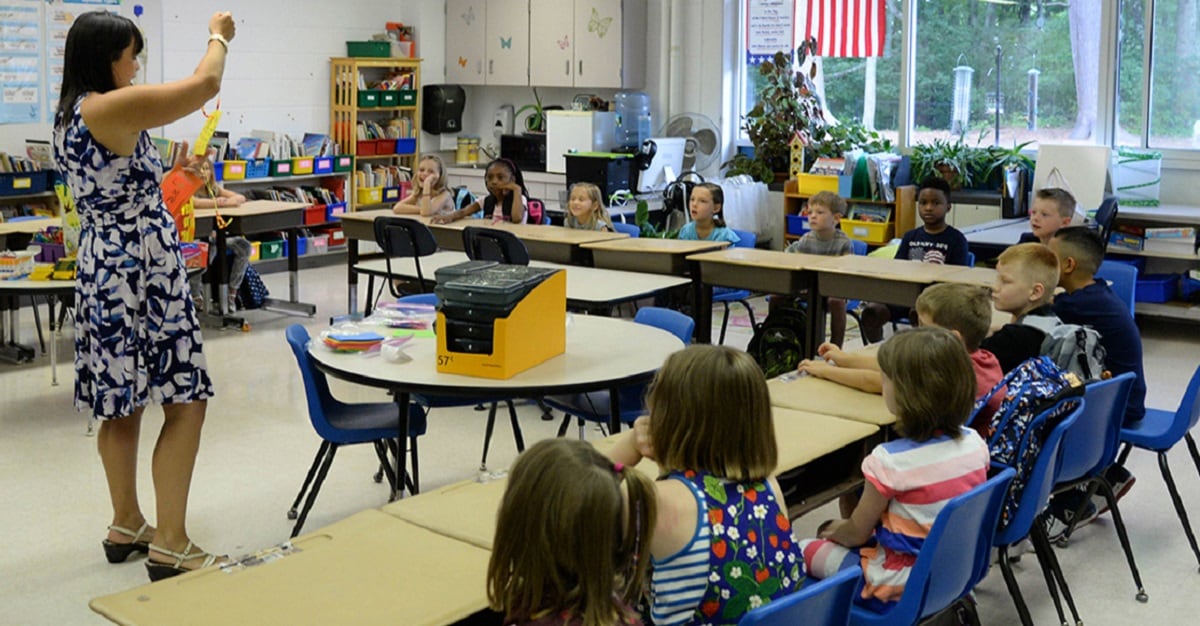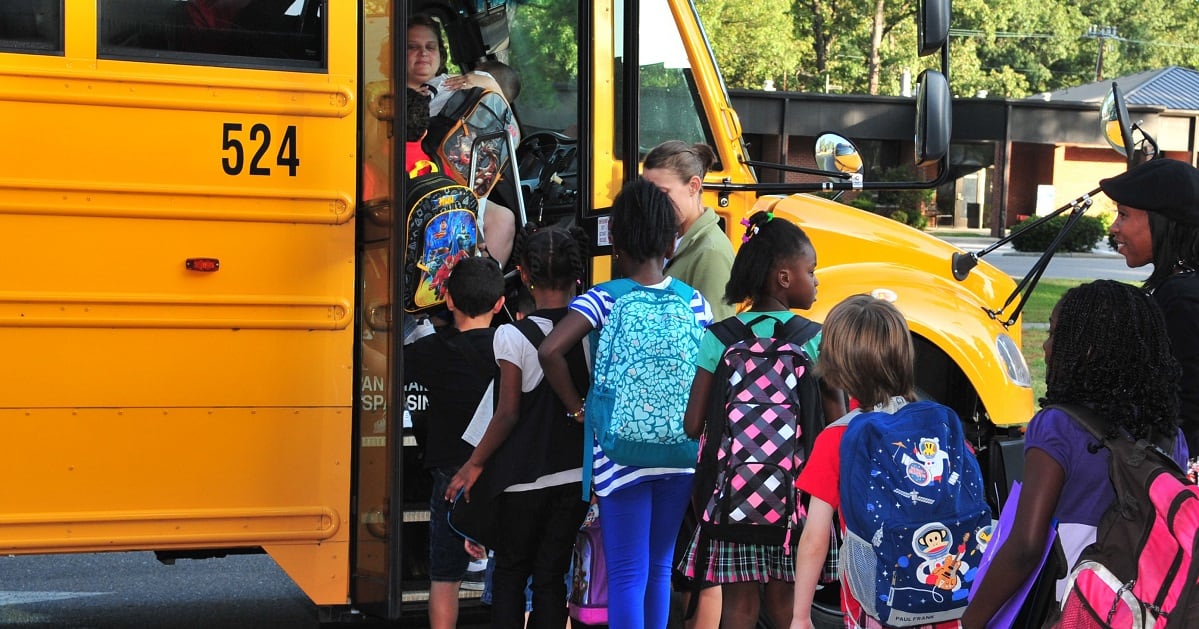Editor’s note: The following is an opinion piece. The writers are not employed by Military Times and the views expressed here do not necessarily represent those of Military Times or its editorial staff.
More than 80 percent of military-connected children attend public schools.
We all know the data: Military children move six to nine times between kindergarten and 12th grade. We know the stress that puts on families, especially children acclimating to new schools, new curriculum and new friends. We also know public school leaders take seriously their responsibility in educating this diverse student body and strive to meet the unique needs of each federally connected student.
Many Military Times readers know Federal Impact Aid because of the forms you fill out each year. But you might not know Impact Aid is often the source of funding for programming, curriculum, school counselors, clubs and more programs that support the military child.
RELATED

Public schools typically rely on property tax revenue to educate students. But when tax-exempt federal property, such as a military installation, is also part of that school district, the district receives no revenue for that property.
That’s where Federal Impact Aid comes in. It’s targeted to school districts with the highest concentrations of federally connected students and federal properties. Just like tax dollars, Impact Aid funds are flexible and locally controlled so they can be targeted to meet the educational needs of that school district. The money goes to the district for the benefit of all the children in it, not just those who trigger the payment.
Recently, The Heritage Foundation has floated a proposal on Capitol Hill to privatize Impact Aid by turning it into an education savings account, or ESA. Not only does this proposal divert public taxpayer dollars out of the public system designed to support all students, it sets unrealistic expectations among military families.
According to the most recent Defense Department Demographic Report, there are more than 550,000 children of active-duty service members between the ages of 6 and 18. The Heritage Foundation’s numbers just don’t make sense, and an error of this magnitude, were it to become law, would leave unwitting parents holding the bag when the promised ESAs aren’t enough to finance their child’s education.
RELATED

The proposal is a bad deal for military families — and a disaster for local public school districts charged with educating our nation’s children.
Impact Aid works as designed. And 124 U.S. senators and representatives — members of the bipartisan House and Senate Impact Aid Coalitions — agree they support the Impact Aid program. This private school voucher scheme would undermine the work of public school districts, deny students (including students with disabilities, military-connected students and Native American students) legal protections, reduce accountability and burden taxpayers.
High-quality schools are an essential component to military family readiness and retention. We stand together in support of the Impact Aid program.

Joyce Raezer is the executive director of the National Military Family Association. Hilary Goldmann is the executive director of the National Association of Federally Impacted Schools.





